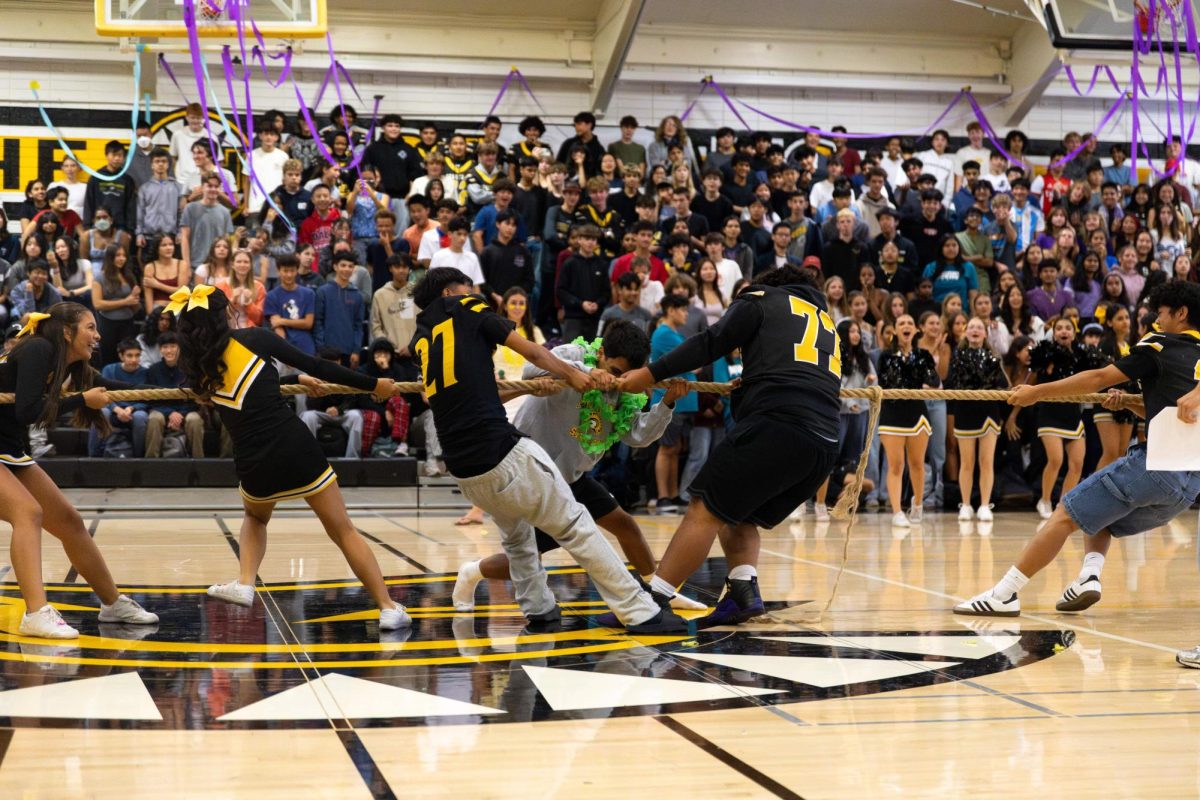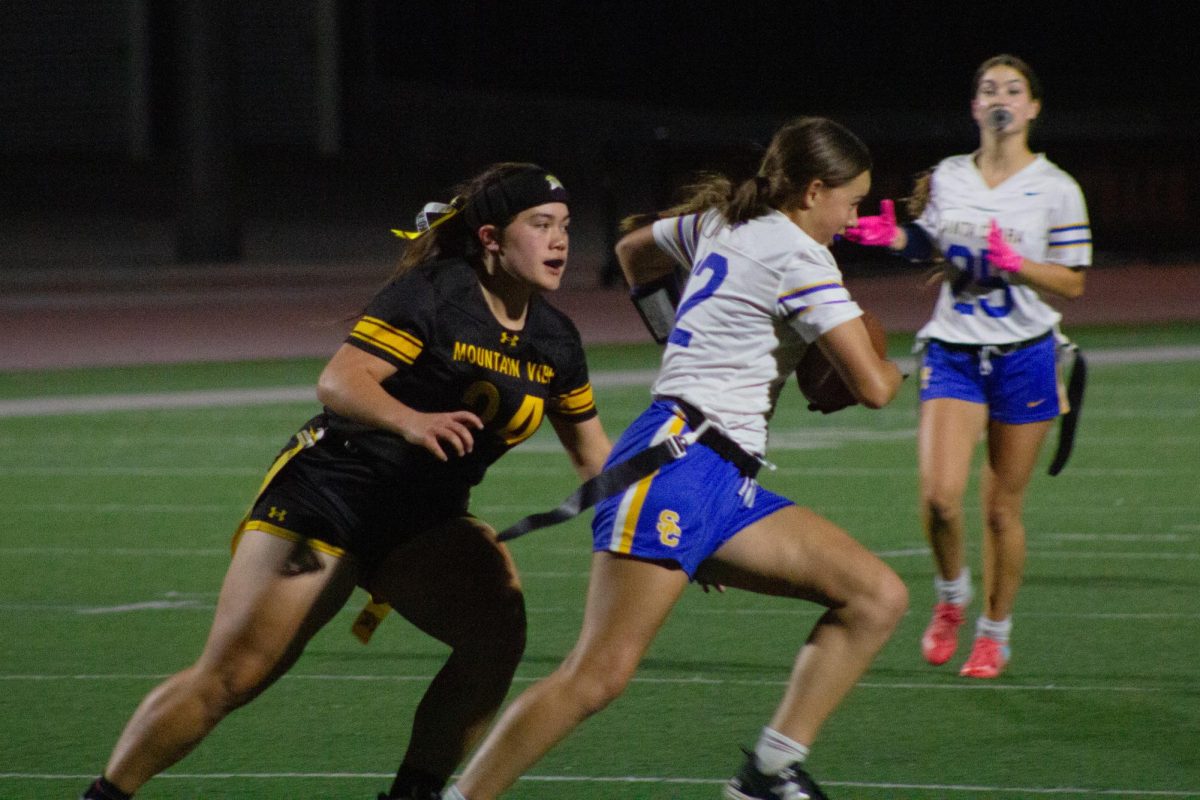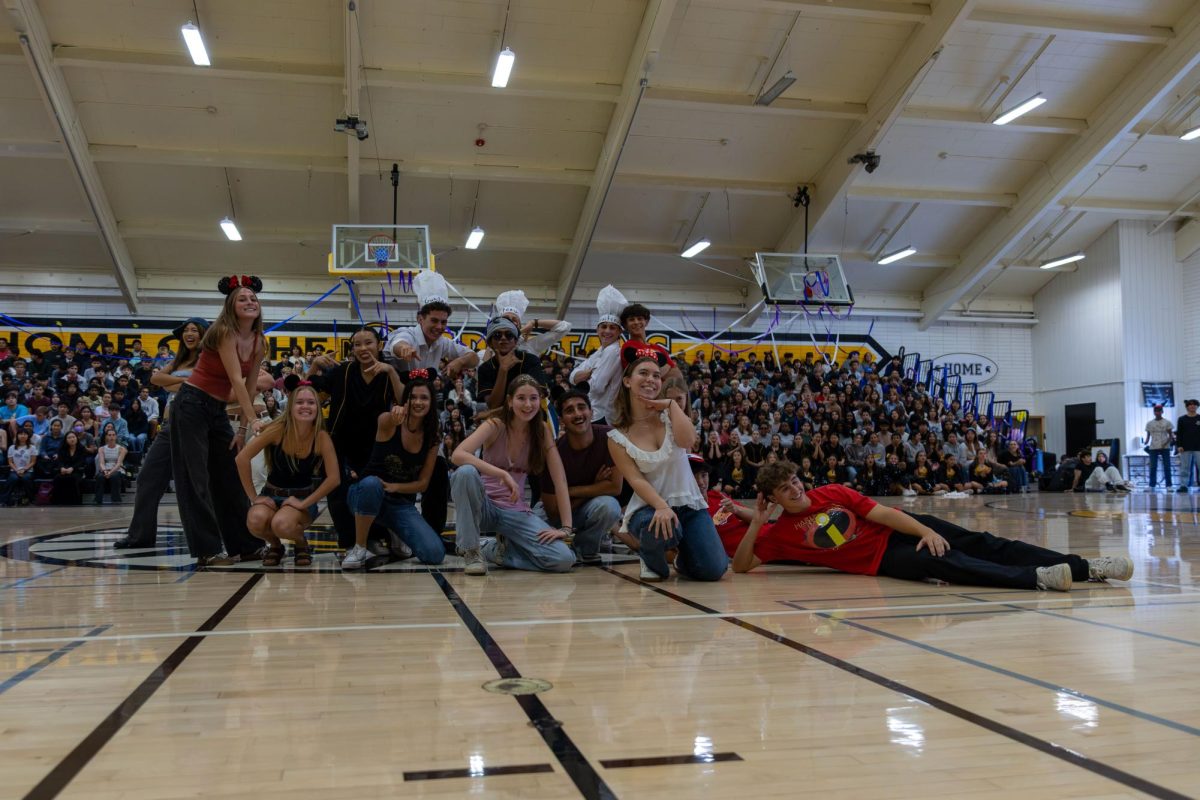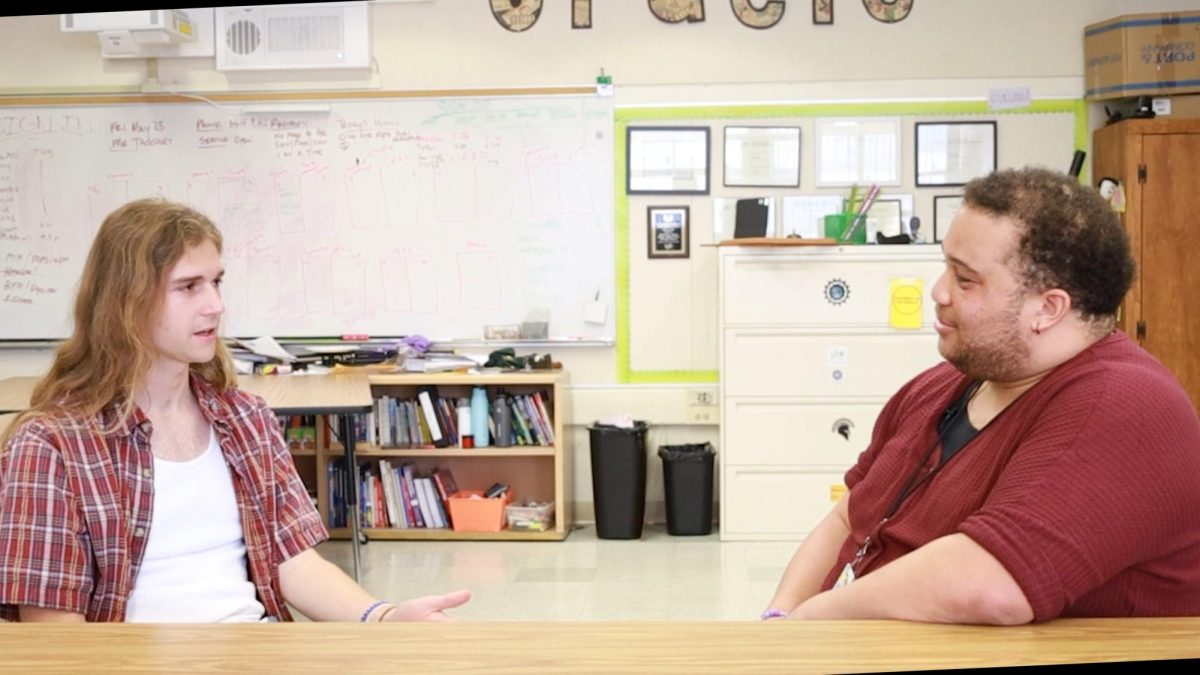I remember during my Junior year at Freestyle Academy when my Design teacher, Leslie Parkinson, reported that producing art was like “grabbing a hold of your ribs and opening them for the world to see.” The statement, however repulsive, did not sway me from understanding the message. That year I began the 4-semester long process of visual communication, metaphorical and otherwise, that aimed to help me communicate my emotions in captivating, productive ways, as well as mimic real-world projects. However, to Freestyle’s limited accessibility, only about 100 MVLA students have the opportunity to test the program out, a gross oversight in my book. So I was surprised to find that earlier this year the district conducted a survey entitled “The Equal Opportunity Survey,” in the hope to gain money to expand our already nationally ranked AP programs, not the arts. But our school’s problems do not lie in whether or not AP classes are accessible, but rather the overzealous encouragement from parents and teachers to overload on advanced courses and skimp on creative ones.
University of California A-G requirements dictate that in order to be eligible for the Universities, students must complete at least three years of math, two years of science, and four years of English. However, only one year of visual or performing arts is required, leaving the majority students in an educational lurch with no systemic approach to providing a creative outlet. Yes, students have access to classes like ceramics, AP studio art and photography, but because only one year of instruction of such a class is required, students often prefer to to get the prerequisite out of the way during freshman year or procrastinate and take a class senior year. Instead of a sustained and well-orchestrated system that encourages creative thought throughout all four years, we’re allowing students to get away with a single year that can hardly be deemed satisfactory.
Even top colleges are saying that what they desire are not simply the “well rounded” applicant or the student with the best scores, but the creative one. In a November New York Times article regarding creative college essay prompts, the dean of the University of Chicago, John Boyer said, “[The essay] requires a little bit of wit and more than a little bit of imagination. We want to give students an opportunity to be unconventional in a pushing-the-boundary sense and see what they can do.” In other words, being able to color outside the lines has never been more important.
While the “Equal Opportunity Schools Equity and Excellence” program, a research project funded via a Global Impact Award from Google, has sound—perhaps admirable–intentions, I urge the district to evaluate if we’re focusing our energy effectively. The the Equal Opportunity program is just one of many, like College Board AP preparation programs or the National Math and Science Initiative program, that aims to strengthen and promote AP education.While I support unqualified resolve to strengthen our education system, lessen the polarization of students, and close the achievement gap, our arts education is getting weaker, and the rigid intensity of AP classes is ostracizing creative students.
According our district’s mission statement,“We are committed to creating a community of learners with the knowledge, skills and values necessary to combine personal success with meaningful contributions to our multicultural and global society.” Many, however, would agree with the idea that in a rapidly changing society in which many languages, customs and cultures exist, we are in more need of creative thinkers than ever. Thinkers that are willing to work past the surface level solution, thinkers that are willing to work toward an evolving solution, for so rarely does the real world offer up a “best choice” on a silver, scantronic platter. If MVLA really wished to instill motivation to strive for personal success and accountability in the hope they would ultimately lead to “meaningful” societal contributions, it would serve them well to strive to figure out what best educates a student.
In AP classes, the goal is not to prepare a student with applicable knowledge and critical thinking skills, but to prepare them for an AP test. This raises the question, does strengthening our AP programs ensure that these classes will in fact inspire students to become critical, globally-minded thinkers, or help them better game the rigorous testing system? Essentially, what do we delineate as “prepare?” What is our endgame–improving our chances of getting into college, or guaranteeing that this generation is one that strives for social, global, and economical cognizance? In the real world we will not demonstrate our competence by completing a series of tests, each one rigidly forcing us to regurgitate learned or memorized information, but by working with others to create comprehensive, creative solutions.




































similar sites • Dec 9, 2015 at 2:17 am
What a joy to find soenmoe else who thinks this way.